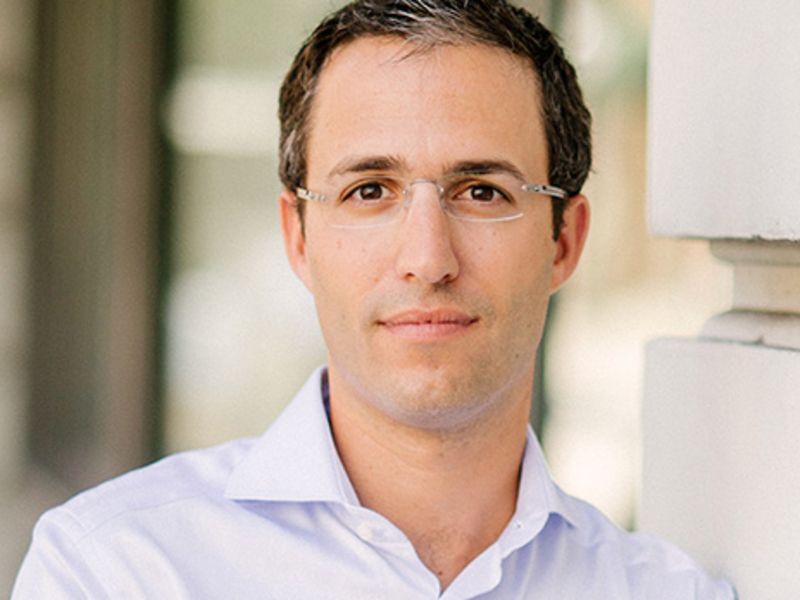
Many auto dealerships drastically cut back their overall ad spending during the springtime COVID-19 lockdowns as a way to preserve as much of their bottom line as possible. After all, the annual pace of sales fell sharply to 8.47 million in April, down from the 17.05 million level it was pacing just a few months earlier.
However, dealerships were one of the earliest segments of business to embrace a message of widespread cleanliness and contactless business operations, and this helped them see quick recoveries by late spring.
This swift response helped dealerships gain the confidence and trust of many people who needed to service their vehicles even during the height of the stay-at-home executive orders in many parts of the country.
This strategy has paid off considerably, especially as the focus of dealership business has turned to maintaining existing vehicles and the sale of used cars and trucks that require ongoing and regular intervals of maintenance.
Dealers pivoted their strategies in early summer to shore up their service and repair operations and began shifting digital ad spending to fixed ops campaigns, as well as focusing on-site offers to convert low-funnel service/parts traffic on their websites.
Beginning in May, as dealers ramped up their focus on advertising for parts and service, they started seeing an increase in repair orders and service revenue. By June, the numbers continued to increase across the board and dealers focused on making the process of service even easier for customers through enhanced contactless pickup/drop-off.
Leveraging digital channels that place an emphasis on attracting service-interested drivers, PureCars reports a 16.9 percent increase in dealers’ ad spending on Waze during August.
Video is another advertising channel many dealers increasingly embraced as the pandemic continued.
In general, consumers find videos more engaging and more popular compared with other forms of advertising content. The use of video is important for brand storytelling, and in today’s pandemic economy it’s proving to be necessary to increase conversion and exposure and can lead to more successful transactions between dealers and their customers.
By the year 2022, online videos will make up more than 82 percent of all consumer Internet traffic — 15 times higher than it was in 2017. Furthermore, it is estimated that today users view more than 1 billion hours of video each day on YouTube.
Beyond the entertainment and engagement offered by video, dealers have realized it’s a great way to communicate emotional, health-focused and heartfelt messages during the pandemic. It’s more genuine to communicate why and how a dealership cares about its customers and employees through video than via any other medium.
This strategy is a big reason fixed ops have been a driver of revenue for auto dealers this summer, and most likely for the remainder of the year with the continued emphasis on servicing used vehicles.
Dealerships that were proactive in changing their operations to cater to the new pandemic customer are seeing pre-pandemic figures in many cases today. These retailers have focused on maximizing service and repair opportunities and promotion through digital advertising channels while making it safe and easy for customers to do business with them. This approach creates a winning formula that helps dealers achieve a lower cost-per-customer acquisition level, which is the right business strategy that will help them get through 2020.
Download PureCars’ latest COVID-19 Report for auto dealers.